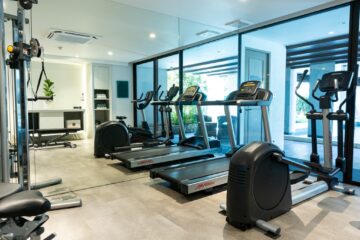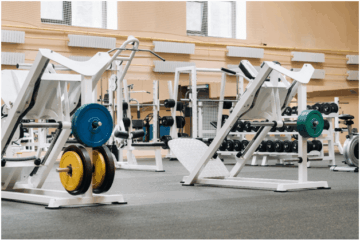The difference between commercial and residential fitness equipment goes far beyond price tags – it’s rooted in fundamental engineering principles designed for completely different use cases. Where home equipment might be used for 30-60 minutes daily by a single user, commercial machines are built to endure 16+ hours of continuous operation by hundreds of different users. This extreme durability comes from several key design factors.
At the structural level, commercial equipment utilizes high-grade steel alloys with yield strengths 2-3 times greater than consumer models. The frame geometry incorporates redundant load paths and triangulated supports that distribute forces more efficiently. Weight-bearing components like pivot points use industrial-grade bushings and bearings rated for millions of cycles, compared to the plastic bushings common in home equipment. Even the powder-coat finishes are thicker and chemically bonded to prevent chipping and corrosion from constant sweat exposure.
The biomechanical engineering is equally sophisticated. Resistance mechanisms in commercial strength equipment maintain consistent tension throughout the entire range of motion, thanks to precisely calculated cam profiles and pulley ratios. Cardio machines employ oversized motors with advanced cooling systems and torque ratings that account for the statistical distribution of user weights in public facilities. Everything from handlebar diameters to seat padding is optimized for the 5th to 95th percentile of potential users.
These engineering choices create an exponential difference in lifespan. While consumer equipment typically lasts 2-3 years with moderate use, commercial machines are designed for 7-10 years of heavy service. The economics become clear when calculating cost-per-use over time – what appears to be a premium price upfront actually delivers superior long-term value for fitness businesses. This durability also reduces environmental impact by minimizing equipment turnover and associated manufacturing waste.
Modern commercial equipment now incorporates smart engineering features like load sensors that alert technicians to potential maintenance needs before failures occur. Some manufacturers even use finite element analysis software to simulate decades of stress during the design phase. For facility owners, understanding these engineering advantages helps justify investment in true commercial-grade equipment that will perform reliably for years of heavy use.



